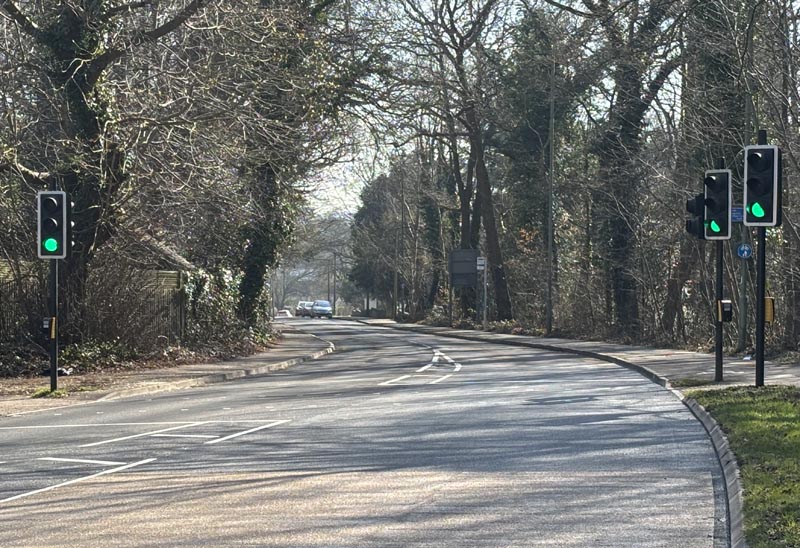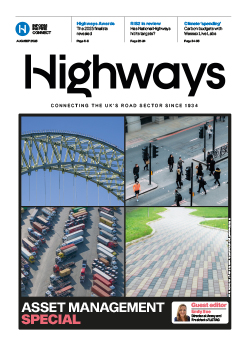This is the story of a deputy editor trying to make sense of highways and transport in the UK. This month’s guest article is about crossing the road.
You will often find your Highwaysman standing by the side of the road scanning for approaching cars, stagecoaches and the like – not with a blunderbuss (anymore), but waiting impatiently for the lights to change in my favour.
There are (at least) six different types of crossing on UK roads, named after real or imaginary animals: Zebra crossings, Pelican crossings, Puffin crossings, Toucan crossings, Pegasus crossings and Tiger crossings. Most allow pedestrians, wheelchair users, cyclists and equestrians to press a button, changing the lights on the carriageway to red to make vehicles stop, and if you are lucky even cyclists will. (To be fair, a lot of cyclists also stop at Zebra crossings.)
In 2021, Transport for London (TfL) installed Green Person Authority traffic signals at 18 crossings, which show a continuous green signal to pedestrians until a vehicle is detected approaching the crossing, which then changes to red for pedestrians, allowing the vehicle to cross the junction before returning to green for pedestrians.
Nine months later TfL said that data suggested the signals reduced journey times for pedestrians and made it safer for them to cross. Compliance with traffic signals by people walking increased by 13%, while compliance by people driving stayed the same and the signals had virtually no impact on traffic.
Since then, it has added three more sites and says it has an ongoing programme to deliver another 14. Which brings me back to where I started...standing by the roadside, waiting for the lights to change.
Why, oh why does this happen? At a crossing near where I live, some way out of town and with very low footfall, I can wait a minute or more after pressing the button. Clearly, no one has activated the crossing for a long time, so why the wait?
This reluctance to stop the traffic doesn’t even benefit the drivers. How does it benefit traffic flow for vehicles approaching the crossing a minute later to have to stop, rather than those who are there when I press the button?
Over the years, I have asked traffic engineers this but never got a straightforward answer.
But last month Bristol City Council saw the light.
Its Transport and Connectivity Committee unanimously approved a proposal under which ‘a Pre-Timed Max setting on a stand-alone push button pedestrian crossing will minimise the pedestrian wait time when the button is pushed, regardless of whether traffic is approaching’.
The setting works in practice in exactly the same way as current arrangements, except that a Pre-Timed Max setting of 30 seconds means that if no one has used the crossing in the last 30 seconds, the green person symbol will be prompt on demand.
‘The crossing will stay in this state of instant response until a pedestrian pushes the button and crosses. After the green person symbol is finished, the timer of 30 seconds starts ticking; before the crossing returns to a state of prompt response again.
‘This both ensures traffic doesn’t get too congested and that pedestrians get regular prompt demand.
‘A simpler way of explaining is that if no one has used the crossing in the last 30 seconds, the green person symbol will be prompt to pedestrians when they push the button.’
Isn’t this how all on-demand crossings should work in 2025? Come on traffic engineers, what’s the hold-up?
Nothing here should be seen as the views of the actual Ranty Highwayman, who is at lunch and will be the subject of the Big Interview in the forthcoming April issue of Highways.






